Let’s say you are in the market for the best rangefinder. You are doing your research, weighing your options, and thinking about those really tough decisions. One thing you are going to have to do is compare the specs between different rangefinders.
Specifications to consider include the magnification, optic weight, type of battery, accuracy, and its effective range. This last feature is pretty important for something that’s goal is to find the range of a target. Without a doubt, the effective range will be important to consider.
Reflective and Non-reflective
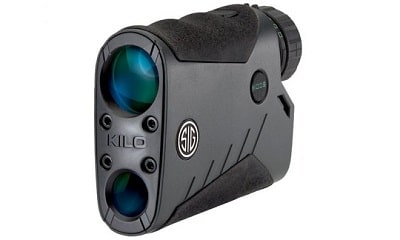
Hypothetically, let’s say you are looking at the SIG Kilo 850. A moderately priced, accurate, and small rangefinder. You start looking up the effective range and you find the following information: non-reflective target distance 800 yards, reflective target distance 1,200 yards.
What does this mean and how will it affect you as a hunter or a sports shooter?
How a Laser Rangefinder Works
Outside of a measuring wheel, laser rangefinders are without a doubt the most accurate means to measure the distance to a target. You can’t exactly walk up on a deer pushing a measuring wheel though. Luckily, modern laser rangefinders are accurate up to +/- 1 yard.
The key to understanding what non-reflective and reflective range mean lies in understanding how a rangefinder works. First, you ‘aim’ the rangefinder at whatever you want to hit. Press the button and bam! You are sending out a laser at lightspeed.
The rangefinder has an internal clock and the laser only moves at one speed, literally lightspeed. The device is looking for the laser to appear and bounce back. The internal clock measures how long it takes for the laser to be reflected back to the finder.
Some math occurs inside the unit and it spits out a distance. This is based on how long it took from the time the laser was fired to the time the rangefinder picked it up again. So the entire system relies on an interpretation of the reflection of the laser.
What’s makes a Target Reflective?
Laser rangefinders can only do so much to detect the range of a target. They have set limitations, because the technology simply isn’t there. A reflective target makes it much easier for the unit to ‘find’ the laser once it has been fired.
Reflective targets are the typical static targets you’d shoot at the range. They include materials like white paper, steel, glass, and even automobiles. Technically, anything can be a target. Reflective targets are almost always manmade targets.
How this Affects Hunters

Unfortunately, this means our laser rangefinders will not pick them up as far as they would a reflective target. So, for hunters, the reflective range is nothing more than a footnote. The non-reflective range is what really matters.
Furthermore, it isn’t just for animals. It’s for establishing known range points like trees, rocks, etc. None of these are reflective, so they’ll have to exist inside your non-reflective range.
Reflective and non-reflective aren’t the only things that will affect your rangefinder’s ability to see the target. It’s good to understand that shooting at the range at manmade targets is often done under close to optimal conditions. Hunters are less likely to face those same, perfect conditions.
Environmental Conditions
Angles
The natural world appears to have very little rhyme or reason to it. You aren’t going to find many perfect squares or right angles in nature. You will find slopes and slants. These angles tend to make it hard for your rangefinder to accurately capture the laser.
Lighting
When it comes to optics, the worst parts of the day are typically the darkest. With laser rangefinders, it is the opposite. The brighter the conditions, the worse the situation will be. The biggest way this affects hunters is when setting up a tree stand or blind. To avoid this unpleasant situation, try to do it in the morning or late afternoon.
Weather
When there is lots of moisture in the air, laser rangefinders can be a little wonky. You may also run into inaccurate readings if it’s raining, snowing, or extremely foggy. The good news is that modern devices are finding ways to better deal with less than ideal weather conditions. Before purchasing, be sure to check out the weather your finder is most functional in.
Laser Rangefinder Limitations
Laser rangefinders are not perfect animals. They do have their sets of limitations, and their liabilities will vary from product to product. It’s another thing the end user must research and decide on based on their needs and, of course, their budget.
Optical Clarity
While it is easy to get lost in the electronics of a rangefinder, it is important to remember that these are still optics. Optics require a certain level of clarity to function correctly. You want to choose a product with high-quality lenses that actually allow you to see the target you want to range. You will also need appropriate magnification.
Beam Divergence
As a laser is fired it grows in size. That means targets that are further away will require the rangefinder to lose some of its focus. Unfortunately, this makes finding smaller targets at extended ranges much more difficult. The amount of beam divergence will vary between manufacturers and is often one of the biggest factors affecting cost.
Get Ranged!
Laser rangefinders have come a long, long way. They have evolved to become better, stronger, and easier to use. Don’t let this article scare you off, because laser rangefinders are great tools for hunters. They make taking those long shots practical, effective, and most importantly humane. The key takeaway should be understanding what your target is, and the conditions that can affect laser range finding accuracy.

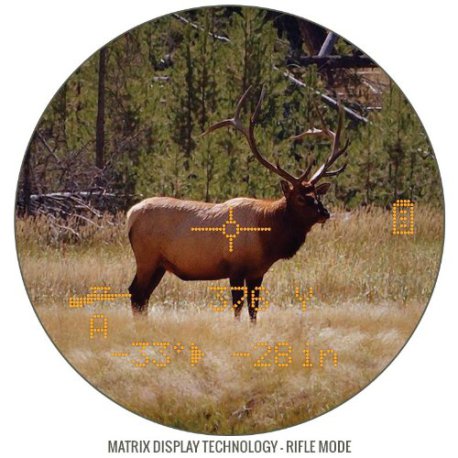
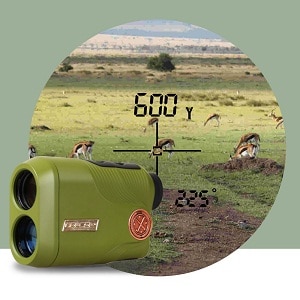
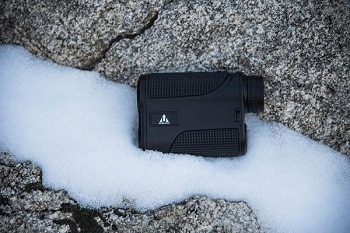
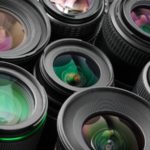
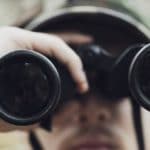
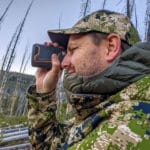
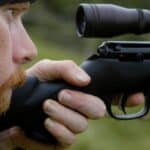
Comments are closed.